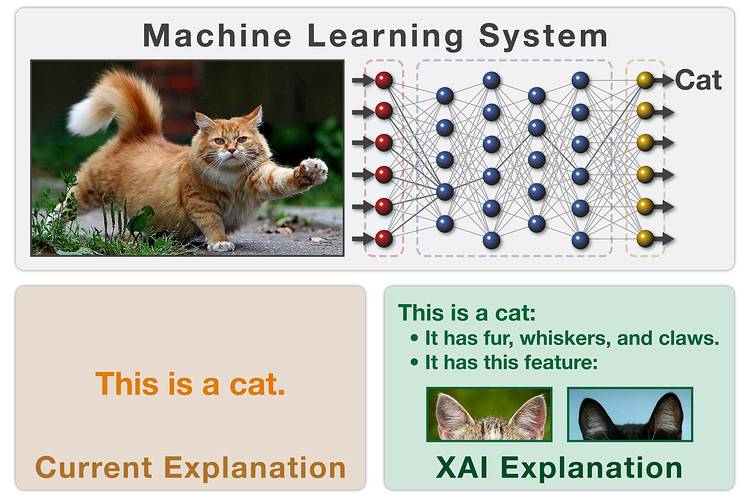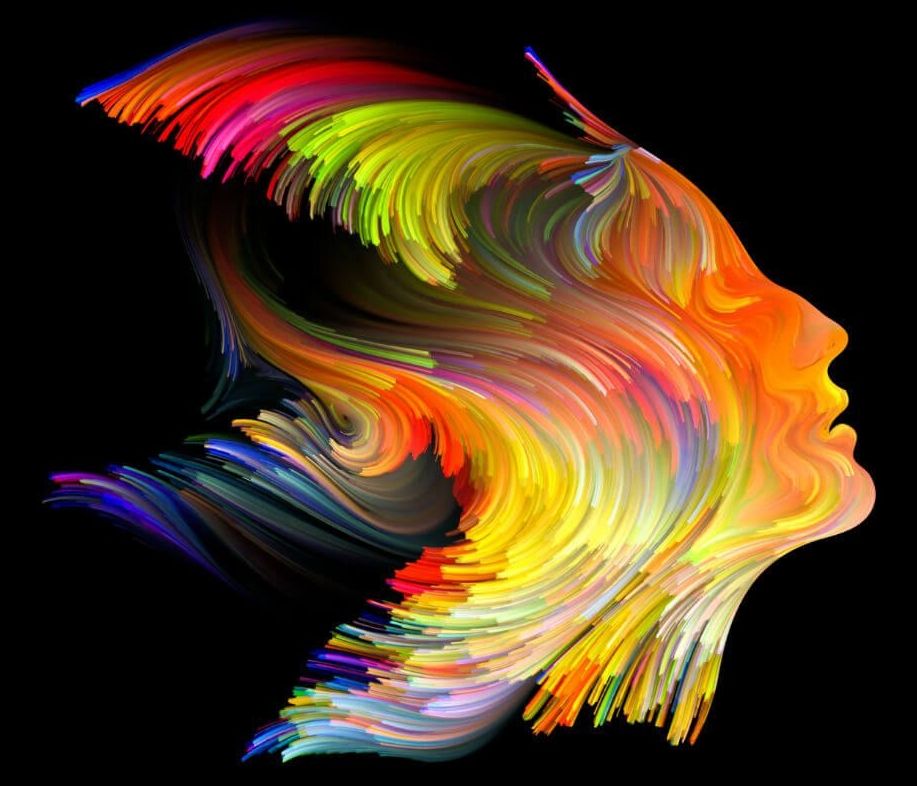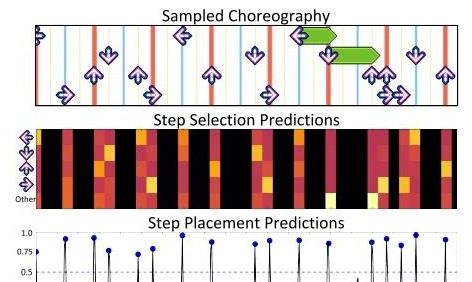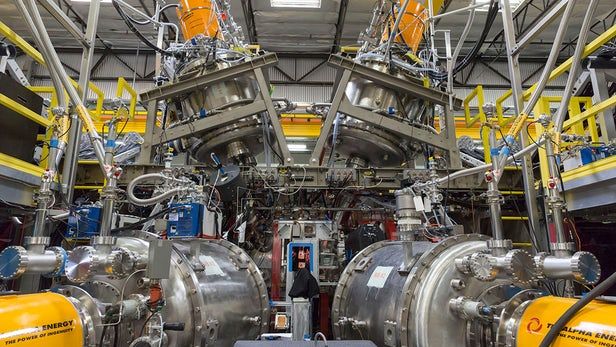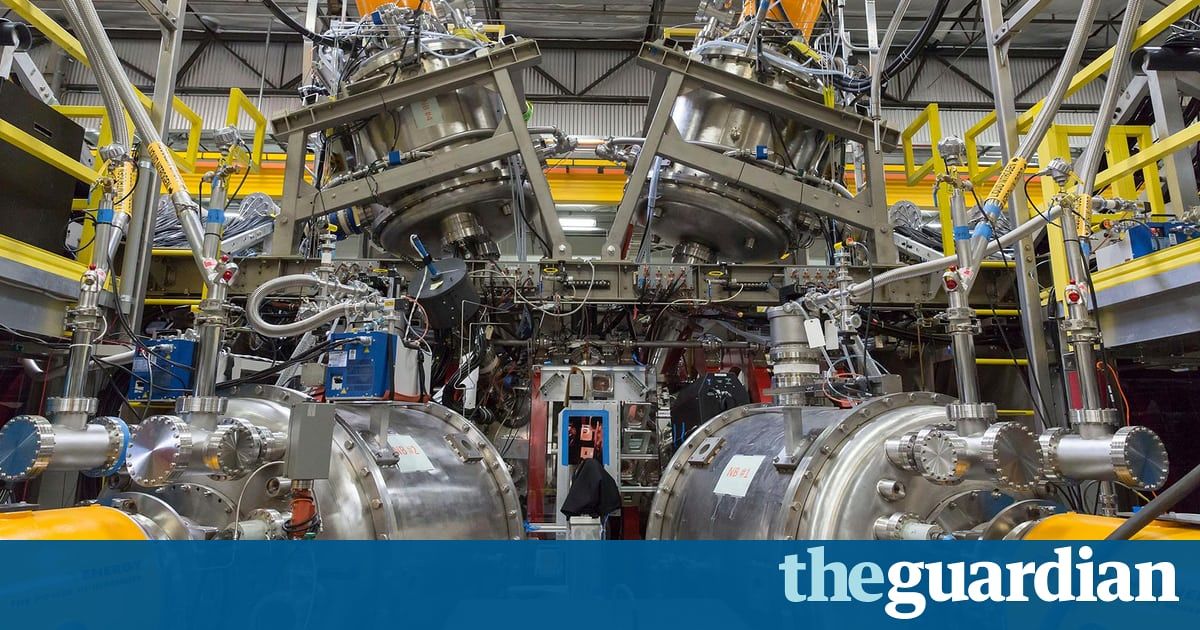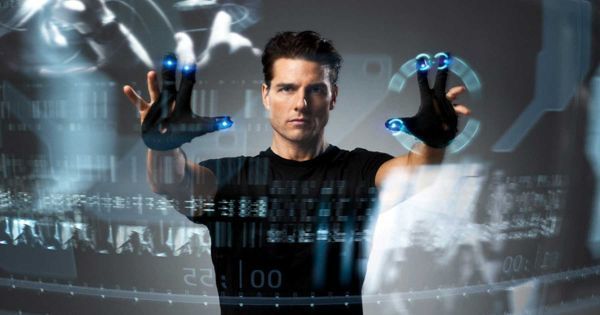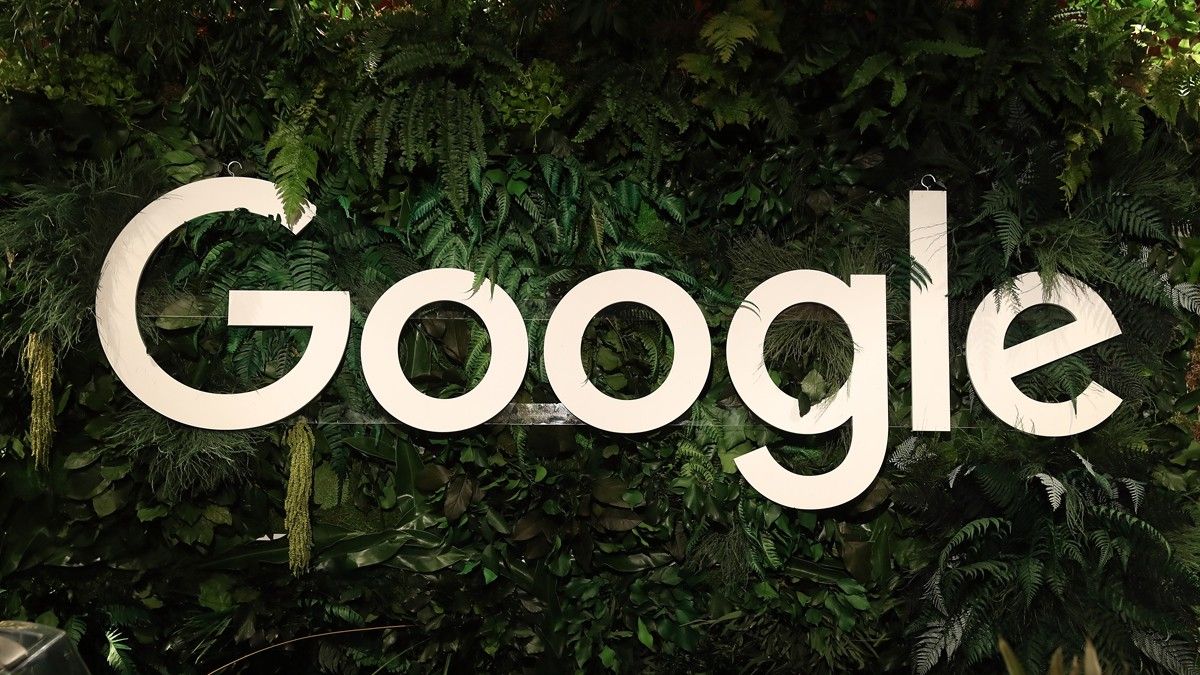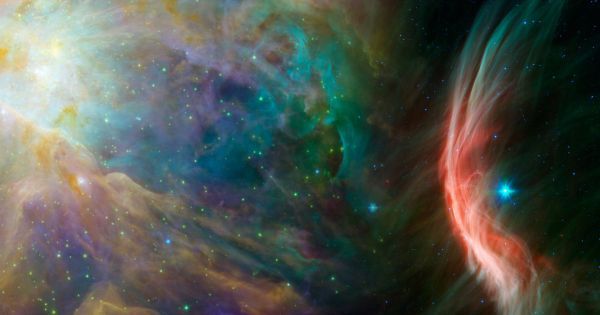Archive for the ‘information science’ category: Page 272
Aug 9, 2017
Why Neuroscience Is the Key to Innovation in AI
Posted by Shailesh Prasad in categories: information science, neuroscience, robotics/AI
Demis Hassabis, founder of DeepMind, says the future of AI lies in neuroscience. Aspects of neuroscience are key in artificial intelligence algorithms.
Aug 8, 2017
AI Will Make Fake News Video — and Fight It As Well
Posted by John Gallagher in categories: engineering, finance, information science, robotics/AI

Just weeks after one research team appeared to put words in a leader’s mouth, here comes a new tool that can check questionable video for a pulse.
A recent demonstration showing how easy it is to spoof video of a world leader recently made headlines, foretelling a future where robot-created videos cause political and financial havoc. But now comes word of an antidote. On Monday, a group of computer scientists from Carnegie Mellon University’s Software Engineering Institute published new research showing how algorithms can tell whether the person on-screen has a human heartbeat. The technique will help future intelligence analysts, journalists, or just scared television viewers detect the difference between spoofed video and the real thing.
Continue reading “AI Will Make Fake News Video — and Fight It As Well” »
Jul 31, 2017
The first machine to study the Dance Dance Revolution video game now choreographs its own dances
Posted by Shailesh Prasad in categories: entertainment, information science, media & arts, robotics/AI
Intelligent Machines
Machine-learning algorithm watches dance dance revolution, then creates dances of its own.
A machine learns to choreograph by studying a famous 1990s music video game.
Jul 28, 2017
Scientists discover nature’s algorithm for intelligence
Posted by Shailesh Prasad in categories: biotech/medical, genetics, information science, mathematics, neuroscience
But if there is some kind of unifying computational principle governing our grey matter, what is it? Dr. Tsien has studied this for over a decade, and he believes he’s found the answer in something called the Theory of Connectivity.
“Many people have long speculated that there has to be a basic design principle from which intelligence originates and the brain evolves, like how the double helix of DNA and genetic codes are universal for every organism,” Tsien said. “We present evidence that the brain may operate on an amazingly simple mathematical logic.”
The Theory of Connectivity holds that a simple algorithm, called a power-of-two-based permutation taking the form of n=2i-1 can be used to explain the circuitry of the brain. To unpack the formula, let’s define a few key concepts from the theory of connectivity, specifically the idea of a neuronal clique. A neuronal clique is a group of neurons which “fire together” and cluster into functional connectivity motifs, or FCMs, which the brain uses to recognize specific patterns or ideas. One can liken it to branches on a tree, with the neuronal clique being the smallest unit of connectivity, a mere twig, which when combined with other cliques, link up to form an FCM. The more complex the idea being represented in the brain, the more convoluted the FCM. The n in n=2i-1 specifies the number of neuronal cliques that will fire in response to a given input, i.
Continue reading “Scientists discover nature’s algorithm for intelligence” »
Jul 26, 2017
Google’s machine learning algorithm gets human help in quest for fusion power
Posted by Klaus Baldauf in categories: information science, nuclear energy, robotics/AI
Hot on the heels of last month’s nuclear fusion breakthrough comes the first results from a multi-year partnership between Google and Tri Alpha Energy, the world’s largest private fusion company. The two organizations joined forces in 2014 in the hopes that Google’s machine learning algorithms could advance plasma research and bring us closer to the dream of fusion power.
Jul 25, 2017
Google enters race for nuclear fusion technology
Posted by Andreas Matt in categories: computing, information science, nuclear energy
The tech giant and a leading US fusion company have developed a new computer algorithm that has significantly speeded up progress towards the goal of unlimited energy.
Jul 25, 2017
China’s “Minority Report” Style Plans Will Use AI to Predict Who Will Commit Crimes
Posted by Shane Hinshaw in categories: information science, robotics/AI
Authorities in China are exploring predictive analytics, facial recognition, and other artificial intelligence (AI) technologies to help prevent crime in advance. Based on behavior patterns, authorities will notify local police about potential offenders.
Cloud Walk, a company headquartered in Guangzhou, has been training its facial recognition and big data rating systems to track movements based on risk levels. Those who are frequent visitors to weapons shops or transportation hubs are likely to be flagged in the system, and even places like hardware stores have been deemed “high risk” by authorities.
A Cloud Walk spokesman told The Financial Times, “Of course, if someone buys a kitchen knife that’s OK, but if the person also buys a sack and a hammer later, that person is becoming suspicious.” Cloud Walk’s software is connected to the police database across more than 50 cities and provinces, and can flag suspicious characters in real time.
Jul 24, 2017
Google’s AI-enhanced spreadsheets are a taste of white-collar automation
Posted by Shane Hinshaw in categories: information science, robotics/AI
Intelligent Machines
Google sprinkles AI on its spreadsheets to automate away some office work.
Want to turn boring numbers into a cool chart? Just ask, and Google’s algorithm will do the rest.
Continue reading “Google’s AI-enhanced spreadsheets are a taste of white-collar automation” »
Jul 4, 2017
This is the Closest Thing We Have to a Master Equation of the Universe
Posted by Andreas Matt in categories: information science, mathematics, physics, space
The grand theory of almost everything actually represents a collection of several mathematical models that proved to be timeless interpretations of the laws of physics.
Here is a brief tour of the topics covered in this gargantuan equation.
This version of the Standard Model is written in the Lagrangian form. The Lagrangian is a fancy way of writing an equation to determine the state of a changing system and explain the maximum possible energy the system can maintain.
Continue reading “This is the Closest Thing We Have to a Master Equation of the Universe” »
